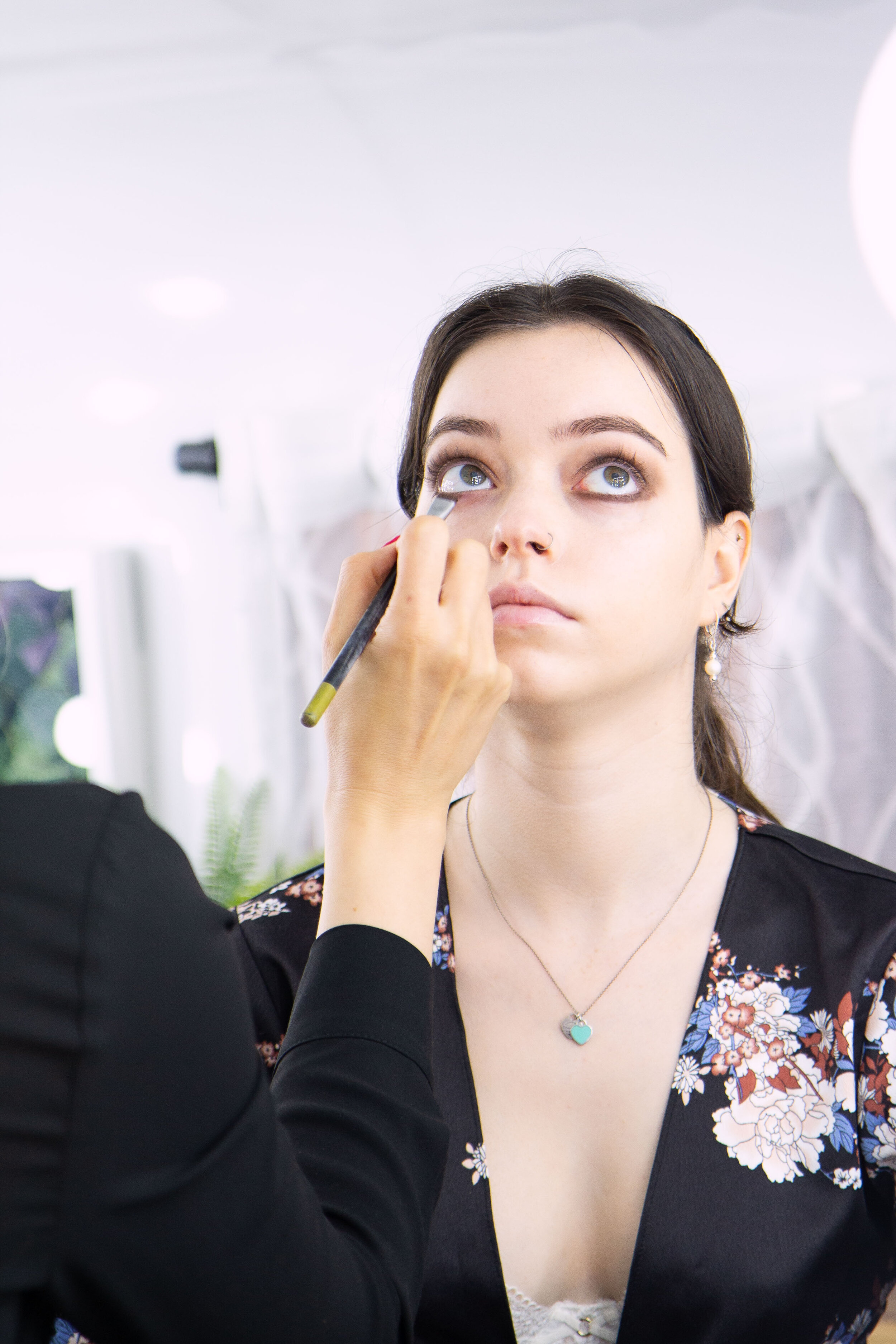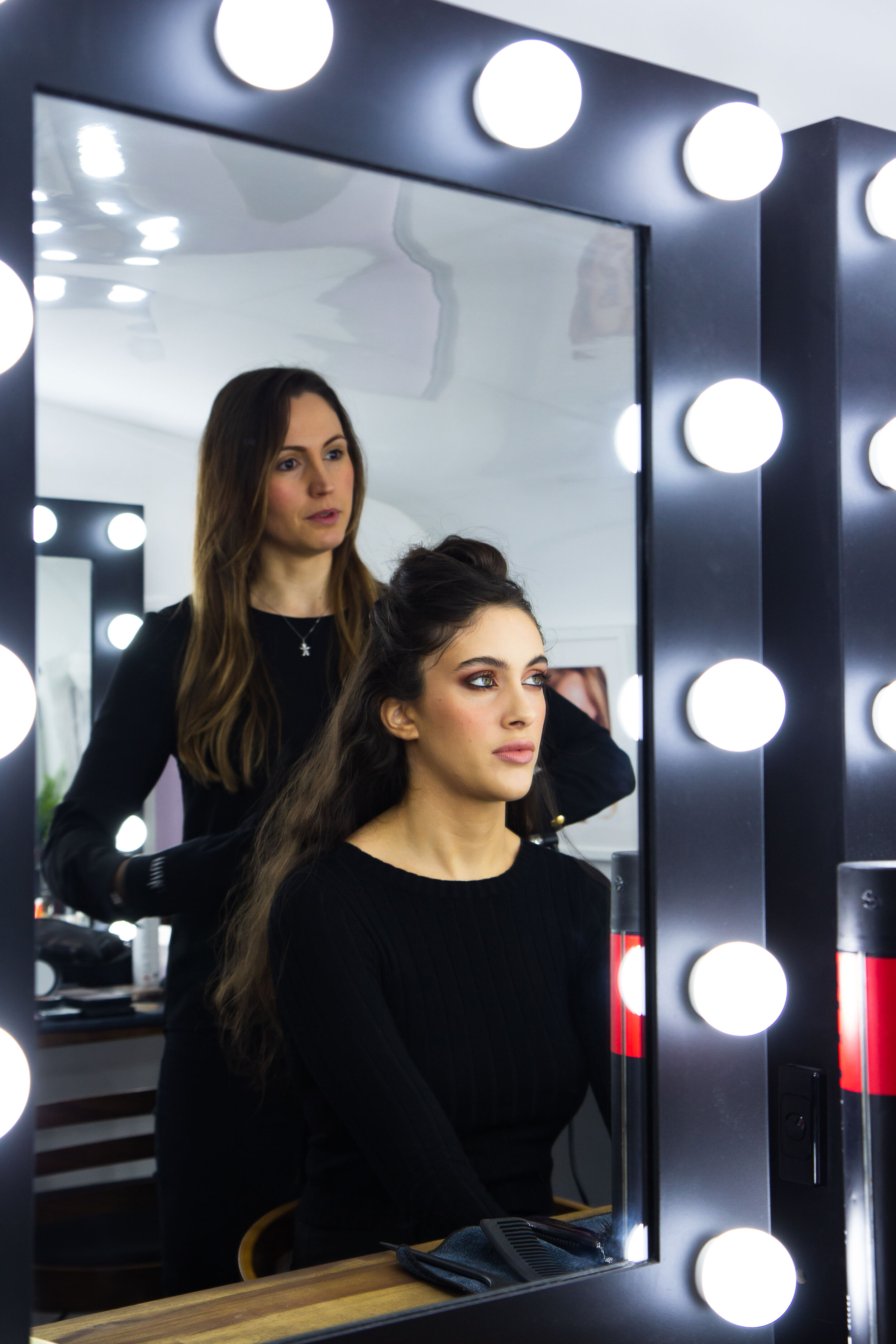A recent weekend away in the Upper Hunter Valley offered the opportunity to capture another foggy dawn on a lake, one of my favourite places to be. I’d organised to meet an old friend who lives in the area for the occasion. After checking in to the hotel I thought I had better go scout the lake with what was left of daylight only to find that the water level was so low it wasn’t going to be worthwhile. Bugger. A quick flurry of messages later and we decided to seek out abandoned farm houses in the area instead and shoot those in the morning light.
Leaving in the morning twilight for the drive to the rendezvous point I crested a rise to see the hills in the east silhouetted against the orange sky with ribbons of mist winding their way across the valley floor. Exit left, tripod out, working fast before it disappears.
I captured some good images of dilapidated buildings and old industrial sites but the hurried, impromptu dawn images are my favourite for that day.













